How many of these Madagascar facts do you know?
Many travellers know it as a place from the Madagascar movies but don't know much else about it. And it definitely isn't on most travellers radar.
But that's a shame. It's unlike nowhere else on earth. Keep reading to see what I mean:
#1. Madagascar is often called the Eighth Continent
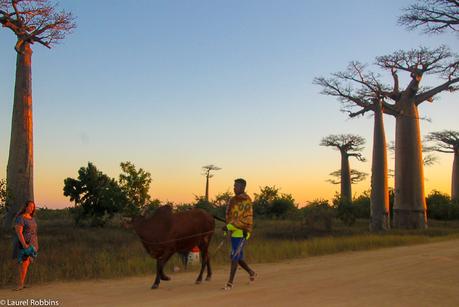
It separated from the African continent millions of years ago and that separation has resulted in fauna and flora found nowhere else on the planet.
#2. 90% of Madagascar's Wildlife Is Endemic (Not Found Anywhere Else)
If you want to see lemurs in the wild, the country's flagship species, the only place you can see them is in Madagascar. It's also home to species that you probably haven't heard of like the Fossa, a cat-like mammal that's closely related to the mongoose.
#3. Giant Lemurs Used to Live in Madagascar
Giant lemurs, as big as gorillas roamed the island as recently as 560 years ago. Unfortunately, they went extinct, likely due to the presence of humans. Of the 25 most endangered primates on earth, 6 of them are found in Madagascar. That's why Now is the Time to See Lemurs in Madagascar.
#4. Madagascar Is the World's 4th Biggest Island
It measures in at a whopping 581,540 sq km ( 224,533 square miles) making it bigger than France.
And speaking of France,
5th Fact: Madagascar Used to Be a French Colony
It was under French rule from 1897 to 1958. As such, French is still one of the official languages and spoken by the educated population. The other official language is Malagasy, the local language.
#6. The French Love to Visit Madagascar
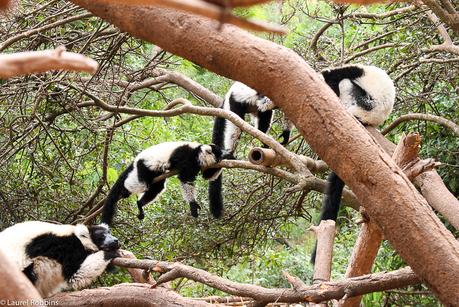
The French make up 60% of travellers to Madagascar. Next up are Germans, Americans, followed by travellers from the United Kingdom.
#7. Before the French, Madagascar Was Ruled by a Mad(? You Decide) Queen
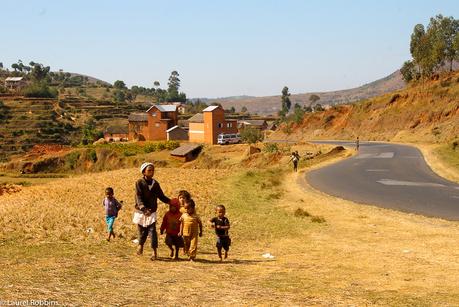
Madagascar's population actually fell by half due to a combination of warfare, disease, slave labour and her harsh punishments.
Queen Ranavalona III was also a prolific fan of the tangena ordeal in which poison would be taken from the nut of the tangena shrub. Those on trial would take the almost always fatal poison. If the person died, they were guilty. If they survived they were innocent. The Malagasy treated it like an oracle that had the final say on your innocence.
#8. Madagascar is Ripe with Taboos Called Fady
As a traveller in Madagascar, you need to be aware of the most common ones so that you don't offend locals. But they also provide a fascinating glimpse into the Malagasy culture. For example, it's considered Fady to wear red to a funeral. But it's OK to wear to sacrifices.
You should also never eat Angonoka tortoise. Besides being endangered, it's also bad luck. You also don't want to wear an empty basket on your head. It's also fady.
9th Fact: Madagascar Has 3 UNESCO World Heritage Sites
I only visited one of them, the Tsingy in western Madagascar. These karst limestone spires are unlike anything I've ever seen anywhere. The closest thing I've seen to them are the hoodoos - spire-shaped rock formations in Bryce Canyon National Park in Utah. I LOVED exploring them. Unfortunately, they're not easy to reach.
#10. Malagasy Worship Their Ancestors in a Unique Way
So much so that they exhume buried relatives, rewrap them in fresh grave clothes and them dance with them around the tomb. It's a way of staying connected with departed relatives and paying their respects.
Despite what you may think of this, it's considered extremely rude for travellers to make any comments about how strange it is. So while it's fine to respectfully ask questions, keep any negative opinions to yourself. Check out the video below:
#11. Road Trips in Madagascar
When you're in Madagascar, be prepared to spend a lot of time driving. Get your playlist ready. It's a huge island and many of the sites that you'll likely want to visit or spread out.
Even seemingly short distances can take longer than anticipated due to poor road conditions. You'll likely have a driver when you go (our recommendation) or go on a tour like our Magic of Madagascar Ecotour.
Be sure you leave more time than you think you need when trying to catch a flight or need to be somewhere at a specific hour.
In addition, travel after dark isn't advisable for safety reasons, so you may find yourself leaving early in the morning to reach your destination before it gets dark.
#12. Madagascar is Home to More than Two-Thirds of the World's Vanilla Fields
Fortunately, vanilla travels well and makes a nice souvenir or present for your loved ones. Your purchase also supports the local economy.
#13. It was a Paradise for Pirates
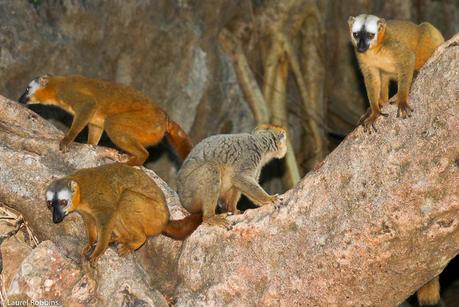
Madagascar's many isolated coves and the absence for hundreds of years of those pesky European powers made it a safe haven for pirates. It's rumoured that Captain James Misson, founded the anarchist colony Libertatia there in the late 17th century. Although whether Libertatia actually existed is still disputed. What's not disputed is that you'd often find hundreds of pirates there a time.
#14. Over Half the World's Chameleons Can Be Found in Madagascar
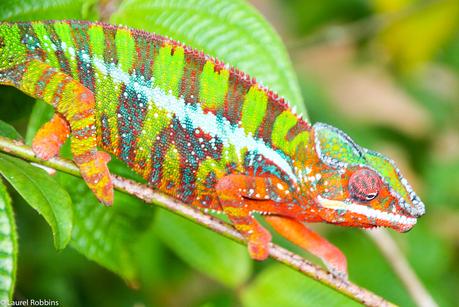
It's not just lemurs, that are unique to Madagascar. Of the world's ~ 150 species of chameleons, more than half of them can be found in Madagascar. And an impressive 59 are endemic to Madagascar. Many are endangered and one factor is the pet trade. So please do not buy a chameleon as a pet. See them in the wild where they belong.
15th Fact: Madagascar is One of Only 17 Countries Considered to Be Megadiverse
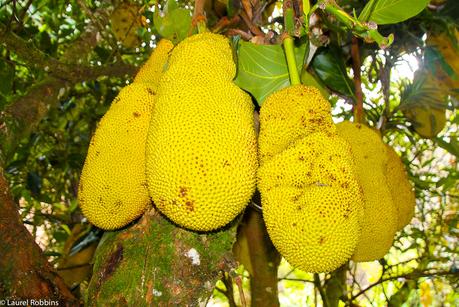
Conservation International has designated just 17 countries as being megadiverse. That is a biodiversity hotspot. One of these is Madagascar. Combined, the Megadiversity countries account for at least two-thirds of all non-fish vertebrate species and three-quarters of all higher plant species. Source: http://www.biodiversitya-z.org/content/megadiverse-countries.
That's why Madagascar is a nature lover's dream. You'll see species you won't see anywhere else.
Madagascar is Also One of the 12 Poorest Countries in the World But Ecotourism Can Be Part of the Solution Help
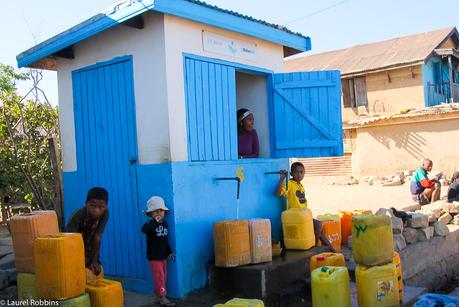
Madagascar's government has promoted tourism as an economic development strategy.With over 70% of the country living in poverty, tourism is seen as a way to reduce poverty and provide economic growth. Tourism is currently the second largest foreign exchange earner in the country, and the government hopes to increase this share. Source: https://en.wikipedia.org/wiki/Tourism_in_Madagascar.
In addition to helping the Malagasy out of poverty, ecotourism also plays an important role in species conservation. See Why Now is the Time to See Lemurs in Madagascar for a further explanation of this.
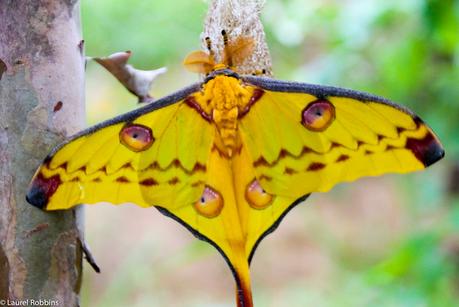
I'm a firm believer in the power of ecotourism. It was a driving factor for creating my Magic of Madagascar: Lemurs and Other Wildlife Tour. We hire a local guide and a local driver. Plus, we'll have local guides in the national parks and on other excursions. This helps create jobs. Participants on this tour also make a $500 donation to Lemur Love, a nonprofit U.S. organization involved in lemur conservation and education.
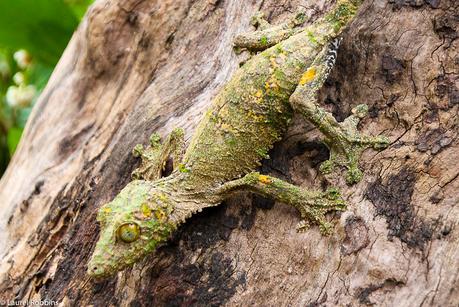
Besides, the feel-good factor, participants will meet two of the top lemur researchers in the world, get the rare opportunity to volunteer at a lemur sanctuary and do an activity with local Malagasy children teaching them about lemurs. I hope that you'll join us. Click on the button below to find out more.
How many of these facts about Madagascar did you know?
Let me know in the comments.


